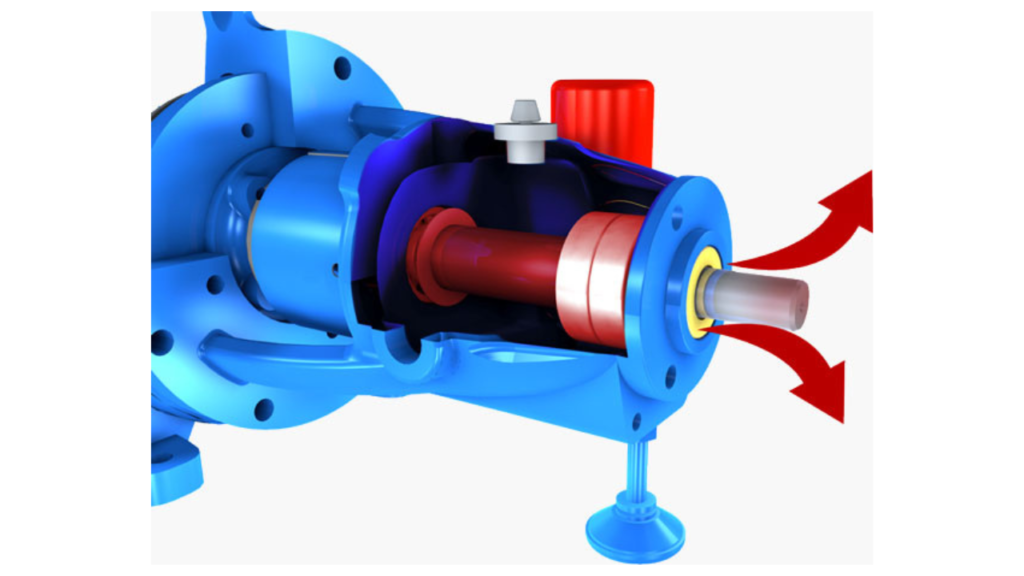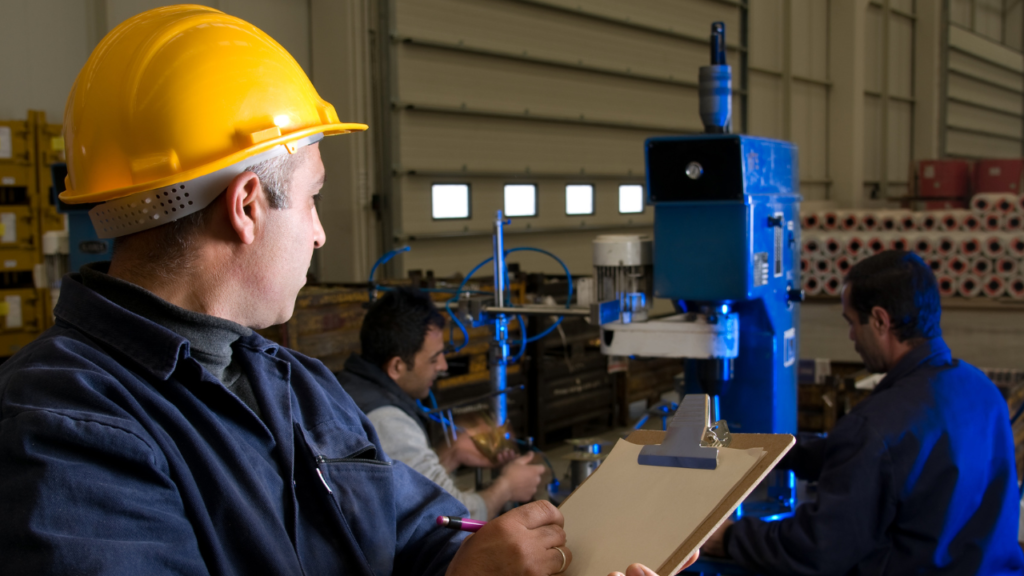
Reliability, Resilience and Damage
Current reliability calculations are predisposed to a single failure mode or mechanism and assume a constant failure rate, while research being carried out by the Center for Risk and Reliability at the University of Maryland implies that reliability is a function of the level of damage a system can sustain, with the operational environment, operating conditions and operational envelope determining the rate of damage growth.












